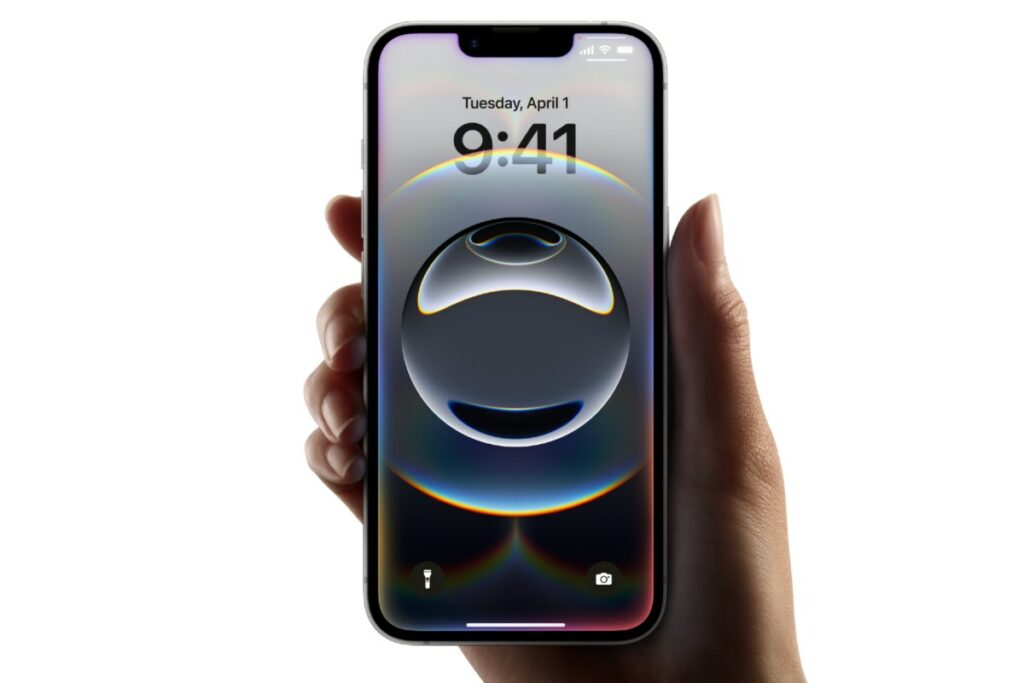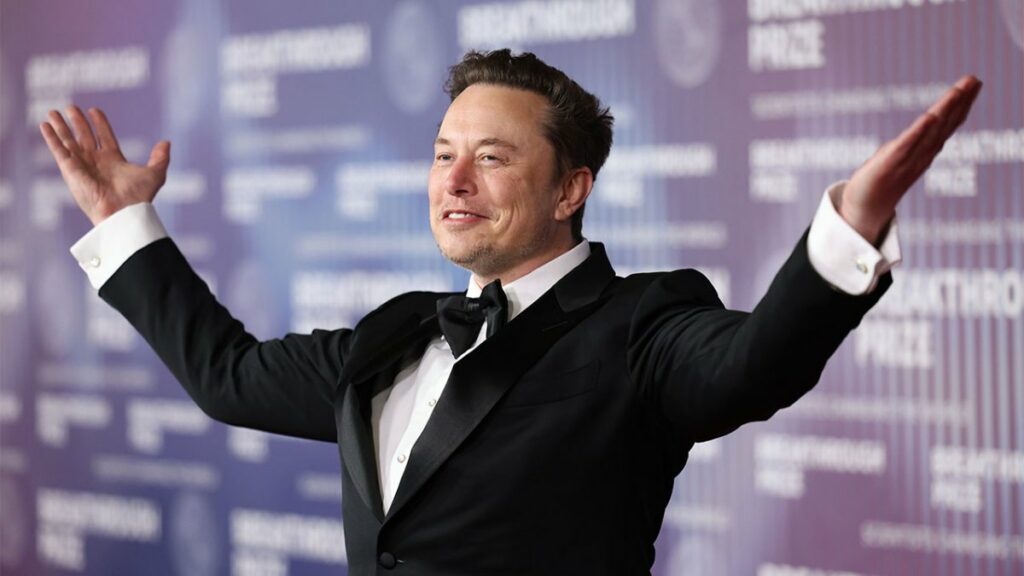On Wednesday, Apple unveiled the iPhone 16e. The model replaces both the iPhone SE and iPhone 14 in the company’s lineup. The new handset is the least expensive member of the iPhone 16 lineup, aiming at emerging markets including India.
The world’s second largest smartphone market (behind China) has fueled significant iPhone sales, with Apple recently cracking the top five vendors in India. A week ahead of the iPhone 16e’s release, however, it’s unclear what impact the device will have on this key market.
In 2024, India became the fourth largest market for Apple, after the U.S., China, and Japan, seeing a record 12 million shipments during the quarter, with 35% YoY growth, per IDC. It is expected to cross the 15 million milestone this year.
But it wasn’t the iPhone SE or iPhone 14 that helped the Cupertino company succeed in the South Asian market. In fact, the iPhone 15 and iPhone 13 were the highest shipped models, with a 6% share of overall smartphone market in Q4.

Even as Apple has expanded in India, the iPhone SE has seen a proportional decline. The iPhone SE (2020) represented 18% of overall iPhone shipments in its launch year, while the iPhone SE (2022) made up 6% of total shipments two years later, per IDC data shared exclusively with TechCrunch. In contrast, the iPhone 13 made up nearly 40% of iPhone shipments in 2022.
According to IDC, iPhone SE shipments in India and globally declined to negligible volume in 2023 and 2024. Neither year saw a new SE release.

Navkendar Singh, associate vice president at IDC India, tells TechCrunch that nearly two-thirds of iPhone volumes in India come from previous-generation models.
Android dominates India’s smartphone market, with an average smartphone of $259. Chinese brands such as Vivo, Oppo, and Xiaomi have made great strides in the market. However, the iPhone is still top dog in the $600+ market segment, followed by Samsung Galaxy smartphones. This means, in essence, that the iPhone’s biggest competitor is other iPhones.
The iPhone 16e starts at 59,900 Indian rupees (~$689) and goes up to $1,034. In contrast, the older iPhone 15 starts at $804 and iPhone 16 at $919.
In a market like India, where older devices continue to sell, the price difference may not be enough to justify choosing the iPhone 16e over, say, the iPhone 15 given the features the budget phone sacrifices.
What new features the 16e does offer may not be substantial enough to attract new buyers, given the popularity of the equated monthly installment (EMI) option, which allows users to purchase a high ticket item via installment payments. Roughly half of customers purchasing a premium handset in India ($400-700) opt to finance their devices this way.
“With EMI offers, the difference in real terms would make many prefer the iPhone 15 or 16 over the iPhone 16Ee” Singh said.

Apple has expanded Apple Intelligence to a more affordable segment with the iPhone 16e. This could help the company drive more Apple Services revenues over time. However, Apple Intelligence is currently in its infancy and in the U.S. and won’t arrive in India until April.
The 16e is Apple’s latest iPhone to be assembled in India — alongside the other iPhone 16 models. However, local assembly isn’t likely to impact the pricing — at least in the short term.
Sanyam Chaurasia, a senior analyst at Canalys, believed that the iPhone 16e might help Apple attract customers who might otherwise pick up an iPhone 12 or 13 — both of which are still available through retail channels in India.
He added that younger users might also opt for the iPhone 16e, rather than the older 15. “It’s a model which serves a niche audience,” Chaurasia said.
Unlike other emerging markets such as Latin America and Southeast Asia, India is not a telco-driven market where carriers subsidize smartphones by bundling them with their plans. This makes the iPhone 16e a relatively expensive option for Indian buyers.
The timing of launching the iPhone 16e also makes it less attractive as this is not an upgrade season, which usually falls around Indian festivals in the later part of the year, Chaurasia said.
“Apple is likely to have discounts on the iPhone 16e during the festive season later this year, but there would also be similar discounts on the existing iPhone models, making them even more attractive than this new model,” he stated.


